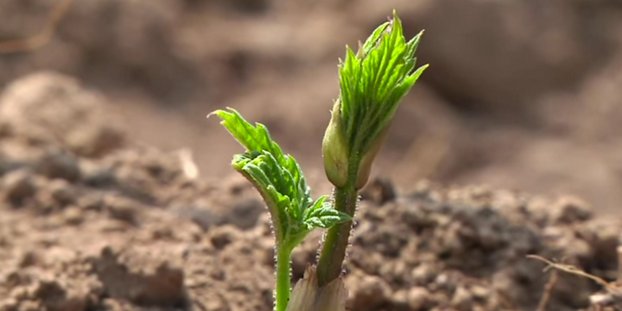
Washington grows about 75 percent of America’s hops (according to the latest national hop report from the USDA), and most of those are grown in the the Yakima Valley, which is pretty much like a lupulin Shangri-La. The valley has a uniquely balanced ecosystem that lends itself to hop farming. It’s desert-like, but lies in the rain shadow of the Cascade Mountain Range. The region is also infused with heavy river runoff derived from winter mountain snowpack, matched with longer the normal days and daylight. The environment is ideal for not only growing hops, but also for irrigating and farming those crops.
Like all farming operations, growing hops is a delicate balancing act. Nestled at the base of the Cascade mountain range, the Yakima Valley is home to one of the most fertile and productive growing regions in the world, but that’s all conditional on the irrigation provided by the Yakima River watershed, which relies a lot on melting snow from those Cascade mountains. Having enough water for a growing number of hop farmers was one of many noteworthy insights from a recently released article by the National Oceanic and Atmospheric Administration (a federal agency focused on the condition of the oceans, atmosphere and nature in general). Check it out on Climate.gov. The increasing heat of the Yakima Valley region and even the growing changes in hop choices are a part of increasing number of factors impacting hop availability and thus hop pricing in Washington and other hop growing regions in the Pacific Northwest.
Historically the [Yakima Valley] region produced about 70% alpha (bitter) varieties of hops and 30% aroma types. In an email interview, Ann George, Executive Director of the Washington Hop Commission, said the growing demand for aroma varieties in recent years has completely reversed the acreage mix: in 2015, it was nearly 70% aroma and dual-purpose varieties. Craft breweries like these varieties because they contribute lower levels of alpha (bittering) to beer, but are high in other flavor compounds that contribute unique characteristics (citrus, herbal, floral) to each beer.
The majority of these flavorful varieties have been developed specifically for the Yakima climate, with better heat tolerance than traditional European-style aroma hops. But last summer, Washington’s Yakima Basin — one of the most productive hops-growing regions in the world — saw unusually warm temperatures and intensifying dry conditions. How did the hops stand up to the heat?
The article is an awesome overview of the Yakima Valley region and how weather and buying habits are affecting farming and, as a result, the brewing industry. The United States is the second largest hops-producing country in the world. But almost all of the nation’s commercial hopyards are located in just three states: Washington, Oregon and Idaho. If weather patterns begin changing in those states’ ecosystems, hop farming and hop yields could be drastically reduced and quality and price will definitely be affected. Let’s go over some staggering production stats from last year, according to the 2015 National Hop Report:
Production for Idaho, Oregon and Washington in 2015 totaled 78.8 million pounds, up 11 percent from the 2014 crop of 71.0 million pounds. Production increased in all three States; 30 percent in Oregon, 26 percent in Idaho and 6 percent in Washington. Acreage increased in all three States; 22 percent in Oregon, 30 percent in Idaho and 11 percent in Washington. United States yield at 1,807 pounds per acre, decreased 61 pounds from a year ago. These are the highest acres harvested and production on record in Idaho going back to 1944 and the highest acres harvested on record in Washington going back to 1915. Washington growers produced 75 percent of the United States hop crop in 2015. Cascade, Zeus, Simcoe, Centennial and Columbus/Tomahawk, were the leading varieties in Washington, accounting for 52 percent of the State’s hop crop.
The increasing size of farms, yields and demands by brewers will logically increase water usage. Then couple that with heat, drought and less snow from the mountains. Not great. According to Caitlyn Kennedy’s article “Climate & Beer,” during last year’s summer, 100 percent of Washington faced severe drought conditions. In August, the entire western half of the state was designated under the extreme drought category.
So did Washington manage to deliver despite these challenges? The year-end USDA national hop report released on December 17 found that some aroma varieties, such as Willamette and Centennial, did yield poorly. “Early season aroma varieties, particularly European noble types, were most impacted by the extreme heat during the latter half of June, as bloom was underway,” George reported. But overall, Washington still had its highest number of acres harvested on record going back to 1915, producing 75% of the nation’s crop at 59.4 million pounds.
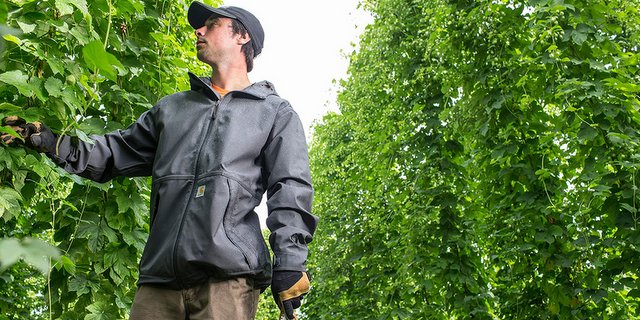
As far as the drought and water concerns, growers have thus been able to adapt using groundwater supplies and other sources, but that’s not going to last forever. Rainfall has not changed dramatically in the valley, but the snowpack has.
“On an annual and seasonal basis, total precipitation is not projected to change by much — year-to-year natural variability will continue to dominate through to the end of the 21st century. This means that the primary consequence of climate change for summer water supply will be felt via reductions in winter snowpack, and corresponding reductions in spring/summer melt,” he said.
More farming and less water is a huge concern — especially when you think about the numbers (i.e. the price of hops). The preliminary 2015 value of production of the United States hop crop is $345.4 million, up 33 percent from the revised 2014 value of $260.6 million. Growers across the United States, including Idaho and Washington, realized record high prices in 2015. The increased value can be attributed to higher production and hop production shifting from Alpha varieties to Aroma varieties that are higher in value. Specifically, increased demand from the craft brewing sector has helped increase prices for hops.
How much will those hops cost if there’s a significant shortage? It’s time to starting thinking about and planning for that scenario.

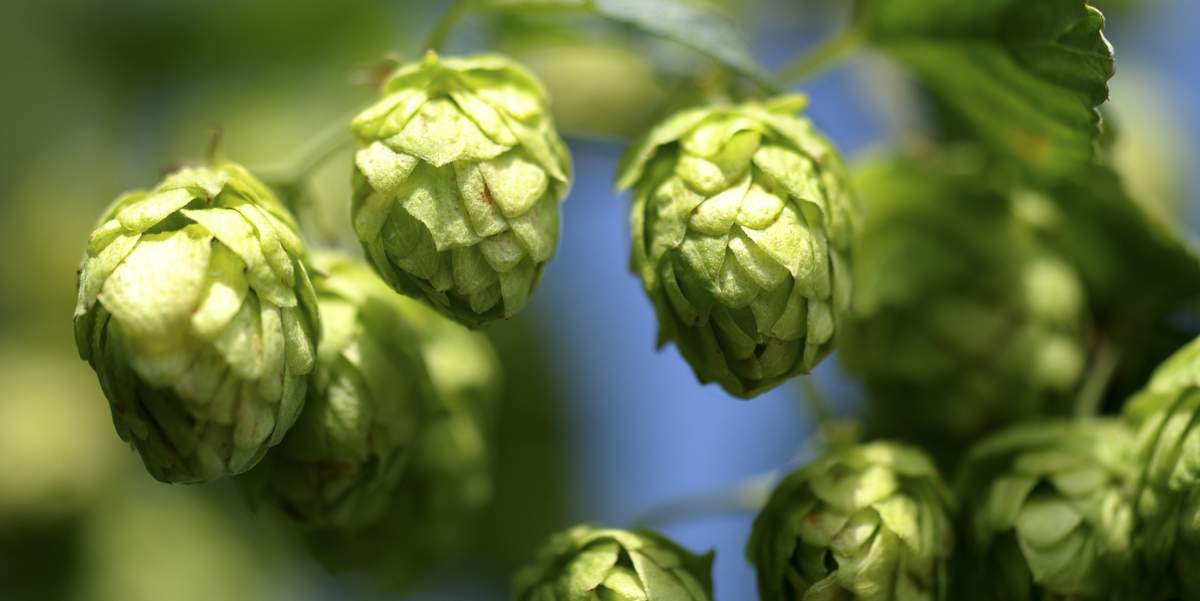
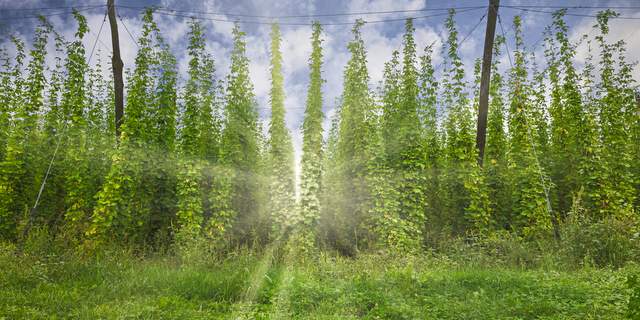
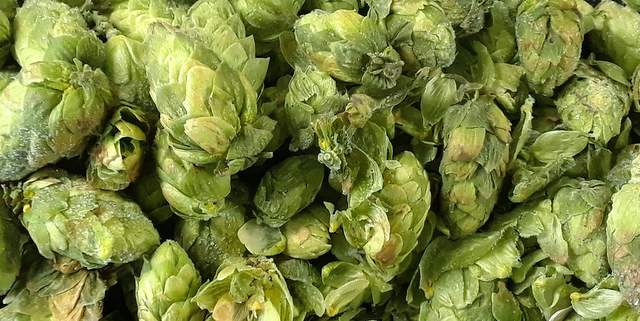
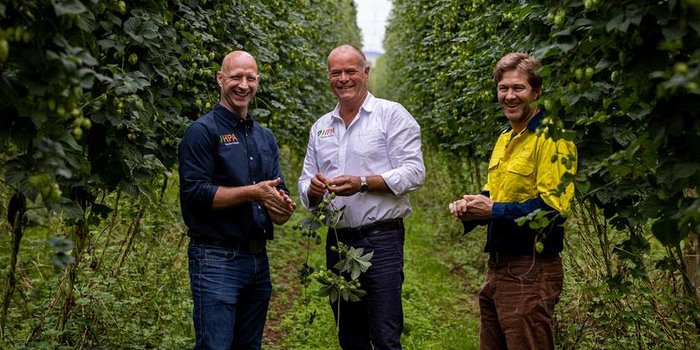
Aroma hops are becoming the dominant type of hops for craft beer. Are you planting the right ones? https://t.co/1pBc4MiKvf
Erin Shannon Bullard liked this on Facebook.
How climate change could dramatically impact American hop production and pricing https://t.co/NtzHqz4TVu
Manny Jannes liked this on Facebook.
Retweeted Craig R. Simpson (@crsimp01):
How climate change could impact American hop production… https://t.co/exztRFMq4R
RT @crsimp01: How climate change could impact American hop production https://t.co/hLncVJxCnt via @craftbrewingbiz
How climate change could impact American hop production https://t.co/hLncVJxCnt via @craftbrewingbiz
Adam Holtvogt liked this on Facebook.
#CraftBeer #CraftBrewing #Beer #BeerBiz How climate change could dramatically impact American hop production an… https://t.co/l0IaB8H1T8
RT @CraftBrewingBiz: How climate change could dramatically impact American hop production and pricing. @NOAAClimate https://t.co/8ONc5LAYsB